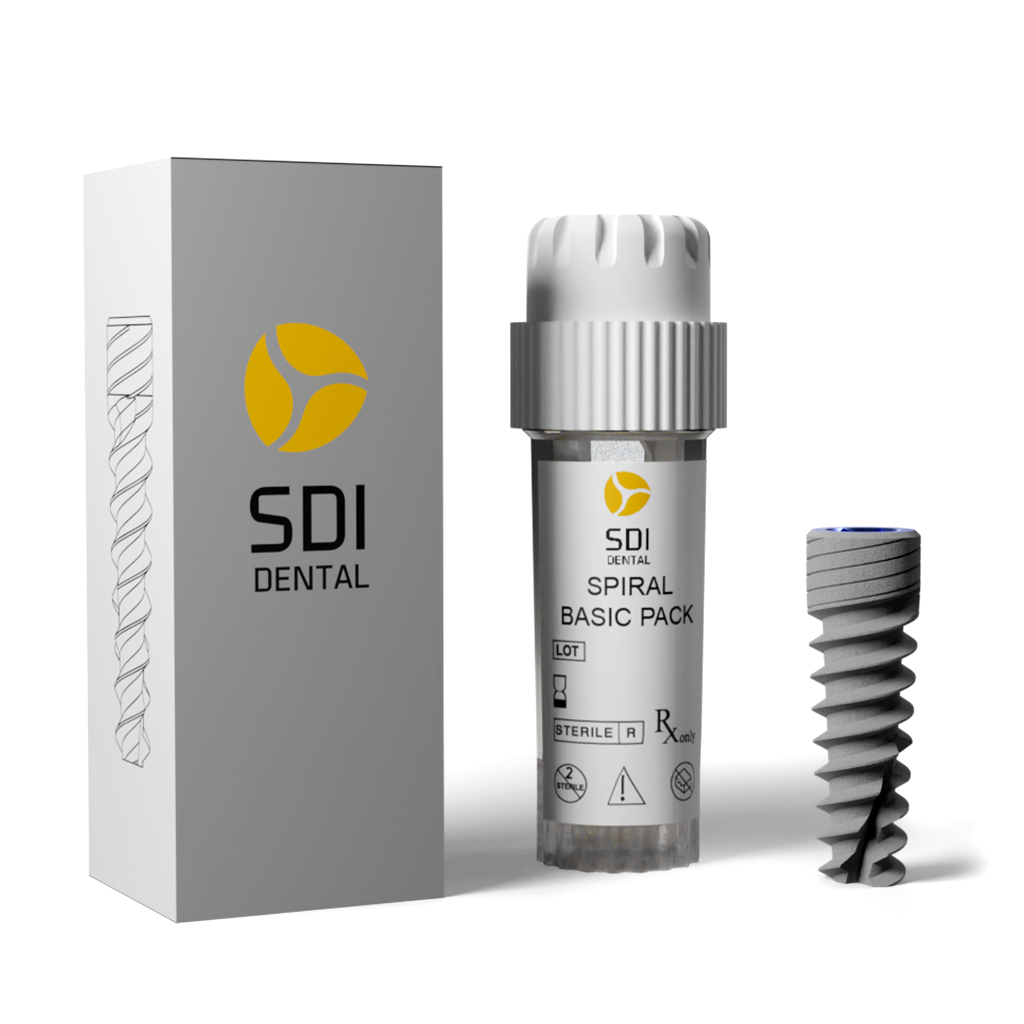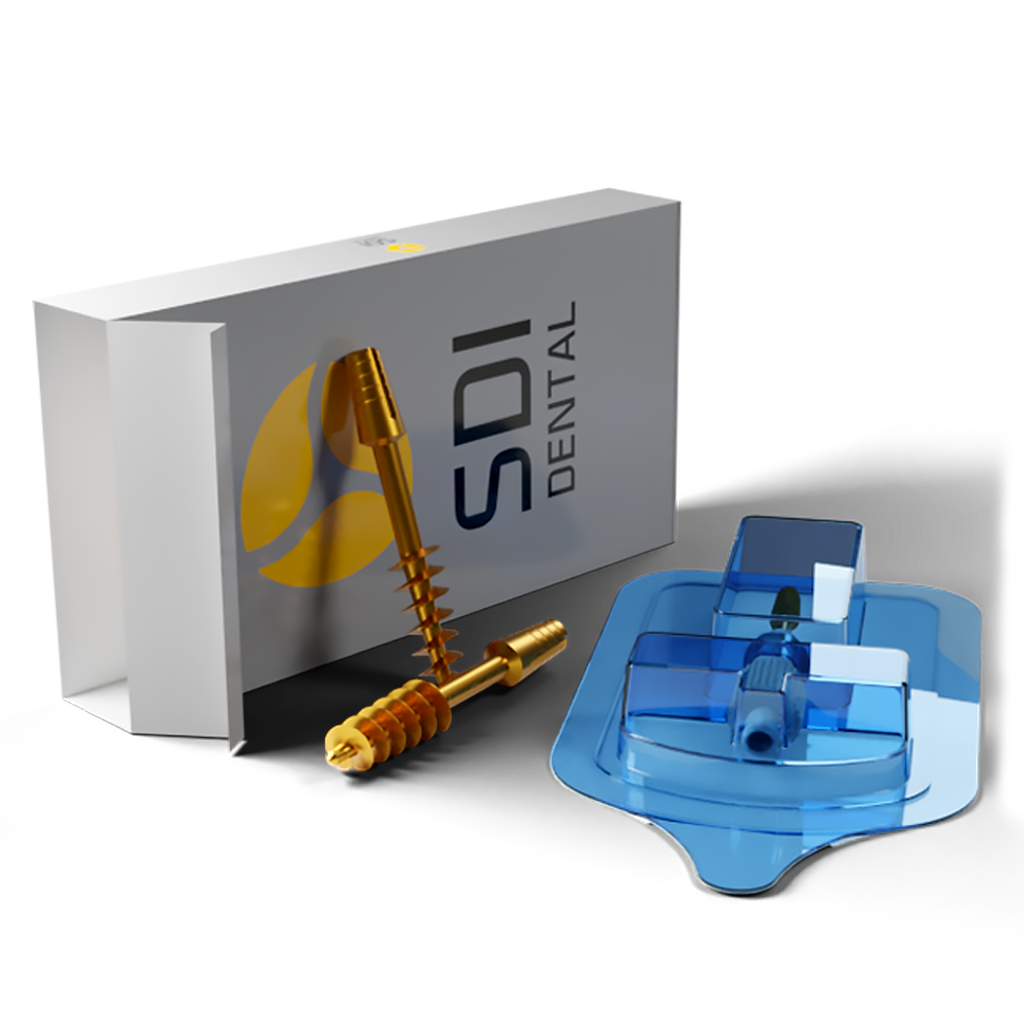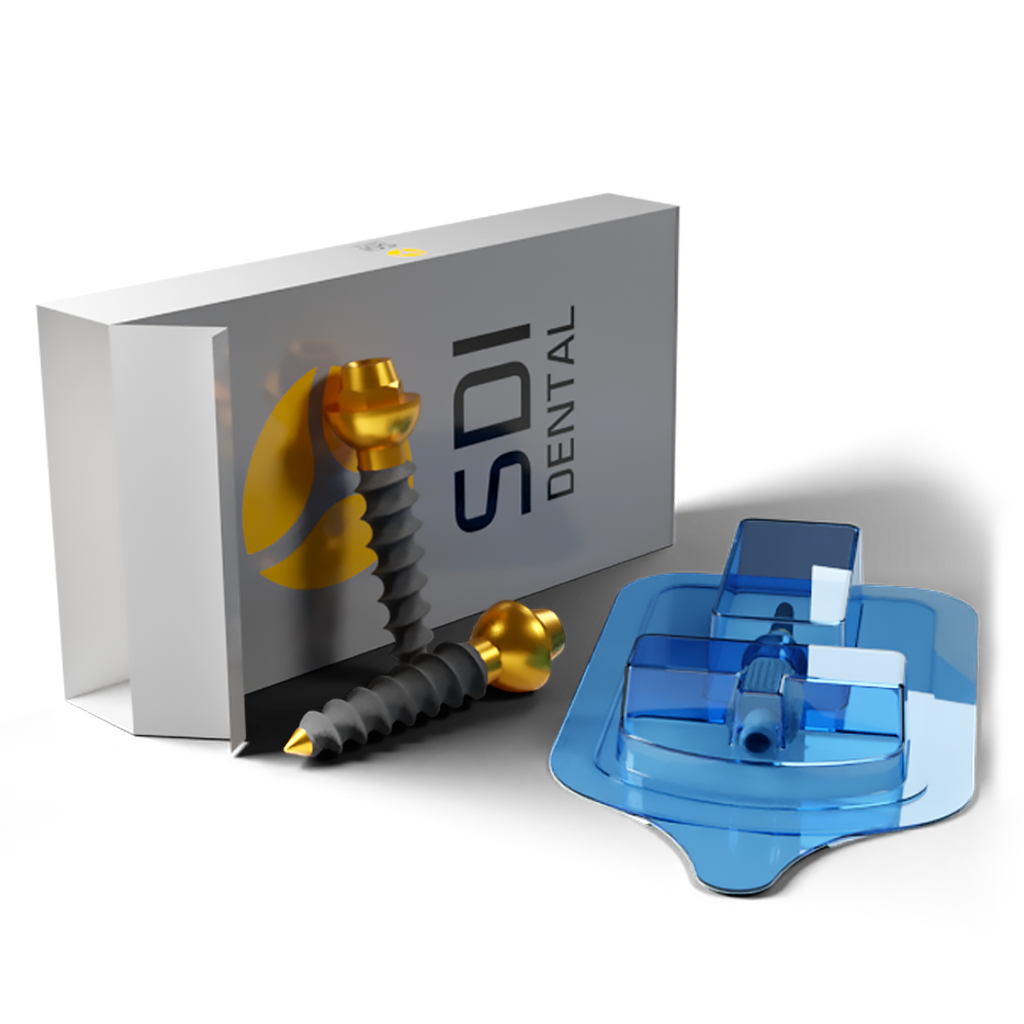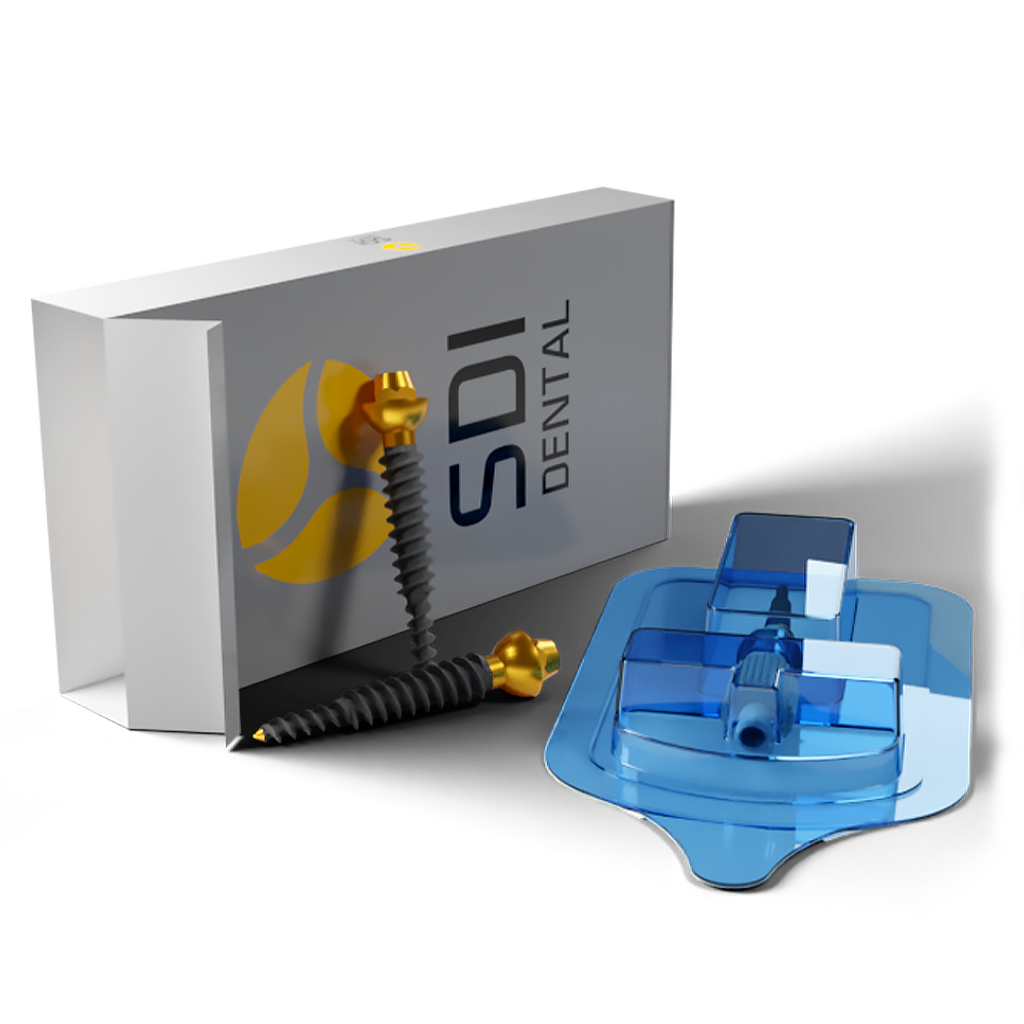Implants
The SPI is the optimal solution for immediate implantation and immediate loading .
The SPI, has exceptional self-drilling capabilities and a unique spiral body design which enables it to
change its position during placement and obtain very high primary stability, also in very complicated clinical
cases .
The CSI provides perfect aesthetics and clinical results for all bone types, from the simplest to the most complicated cases. It introduces a perfect balance between high primary stability and sensitivity to the bone, which makes it highly suitable implant for immediate implantation and loading.
The CSI can be placed in standard implantations, immediate implantations, immediate loading, and sinus lifts.cs
This unique dental implant developed after thorough research related to the ongoing quality of the connection
between the bone and the dental implant.
This dental implant has been designed especially to give better stability during immediate loading.
Grip Conical sharp & deep threads provide extremely strong retention for primary implant stability.
The CDI is a standard cylindrical implant with a unique body and core design that provides minimal pressure on hard bone, and therefore, most suitable for use with bone types I and II.
The excellent solution for very hard bone or cases of limited vertical bone volume.
This dental implant is a concept based on SPI Implant. The Conical structure of the implant, single-threaded and self-drilling head of the implant is identical to the SPI implant .
GENERAL
The main objective for the development of implant surface modifications is to promote Osteointegration, with faster and stronger bone formation.
This will likely confer better Stability during the healing process, which, preferentially, will improve the clinical Performance in the area of poor bone quality and quantity.
Furthermore, such promotion may, in turn, accelerate the bone healing and thereby allowing immediate or early loading Protocols. Recently growing micro and Nano- technology is rapidly advancing surface engineering in implant dentistry. Such advances in surface engineering technologies have resulted in more complicated surface properties from micro- and nanometer scales, including the morphology, chemistry, crystal structure, physical, and mechanical properties.
Such surfaces, intentionally modified with respect to microscale and nanoscale features, may represent a next generation of oral implant systems if possible to transfer to complex three-dimensional geometries. Hitherto, micro- and Nano-fabricated surfaces have not reached the clinical evidence stage.
However, it is not known whether the improved bone response is due to surface roughness or the surface Composition. Furthermore, somewhat surprisingly, there is yet not enough hard evidence (Randomized clinical trials) to tell whether the second generation of the implants has a better Clinical performance than the machined implants used earlier.
Nevertheless, experimental Evidence from in vitro and in vivo studies strongly suggests that some types of surface Modifications promote a more rapid bone formation than machined surfaces. It has been proposed that increasing osteo conductivity by these surface design strategies is Related to the altered implant topography resulting in enhanced osteoblast and pre osteoblast Adhesion, thereby leading to accelerated bone formation.
However, it is well known that titanium implantation in bone results in contact of the titanium surface with complex environment including blood components and other Cells, not only the osteogenic ones. Recently, it has been shown that changes in the physicochemical Properties of the titanium results in significant modulation of cell recruitment, Adhesion, inflammation and bone remodeling activities in addition to regulation on bone Formation response.
These different methods for implant surface modification may lead to different and unique Surface properties that might affect the host-to-implant response. This chapter reviews the state of art of development in dental implant surfaces and current Trends in surface modifications that aim to accelerate the osteointegration of dental Implants.
The above article contains an overview of the most popular surface textures, adopted by SDI, chemical modifications including Nano-surface design based on nanoscale modification of the implant surface, but also briefly describe the interface biology of oral implants.





